Ever wondered what exactly qualifies as Protected Health Information (PHI)? And why it matters to you?
Understanding PHI isn’t just for healthcare pros – it affects anyone who’s ever visited a doctor, had a medical test, or used a health app.
Let’s bust some myths and clear up what’s true and what’s false about PHI so you can better protect your sensitive health data.

What The Heck Is Protected Health Information Anyway?
PHI is any health information that can identify you specifically AND is handled by healthcare providers, insurance companies, or their business partners.
This includes:
- Your medical records
- Lab results
- Treatment details
- Payment info for healthcare services
But it’s not just the health data itself. For something to be PHI, it needs to have both health information AND identifying details like:
- Your name
- Address (more specific than just your state)
- Specific dates (not just years)
- Phone numbers
- Social Security numbers
- Photos of your face
- And many others
PHI can exist as electronic records, paper documents, or even in conversations – all formats count!
Which Statement About Protected Health Information Is FALSE?
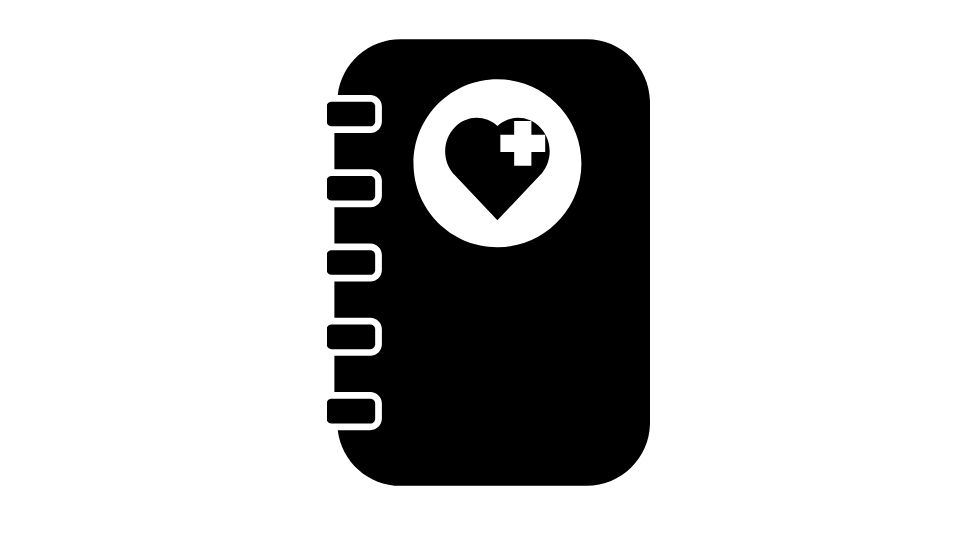
Let’s debunk some common misconceptions:
False Statement #1: “PHI only includes electronic health records”
Nope! This is totally false. PHI includes health information in ALL formats – electronic, paper, and even verbal communications. That conversation with your doctor in the hallway? Potentially PHI if it contains identifiable health info.
False Statement #2: “Anonymous health data is considered PHI”
Wrong again. If health information has been properly de-identified by removing all 18 HIPAA identifiers, it’s not PHI anymore. This is why research studies can use anonymized health data without violating privacy laws.
False Statement #3: “Only doctors and hospitals need to protect PHI”
This is false. Besides traditional healthcare providers, many others must protect PHI:
- Health insurance companies
- Healthcare clearinghouses
- Business associates (like billing companies, cloud storage providers, and software vendors)
False Statement #4: “Any health-related information is automatically PHI”
False! Health information without identifiers is not PHI. If I tell you “someone had a heart attack last year” but don’t say who, that’s not PHI because you can’t identify the person.
The 18 Identifiers That Make Health Info Protected
HIPAA specifically lists 18 types of information that, when connected to health data, make it PHI:
- Names
- Geographic info smaller than a state
- Dates related to the individual
- Phone numbers
- Email addresses
- Social Security numbers
- Medical record numbers
- Health plan beneficiary numbers
- Account numbers
- License/certificate numbers
- Vehicle identifiers (like license plates)
- Device identifiers and serial numbers
- Web URLs
- IP addresses
- Biometric identifiers (fingerprints, voice prints)
- Full-face photos
- Any other unique identifying characteristic
- Medical device identifiers
If your health data has even one of these identifiers attached, it’s PHI and needs to be protected under HIPAA regulations.
Why Should You Care About PHI?
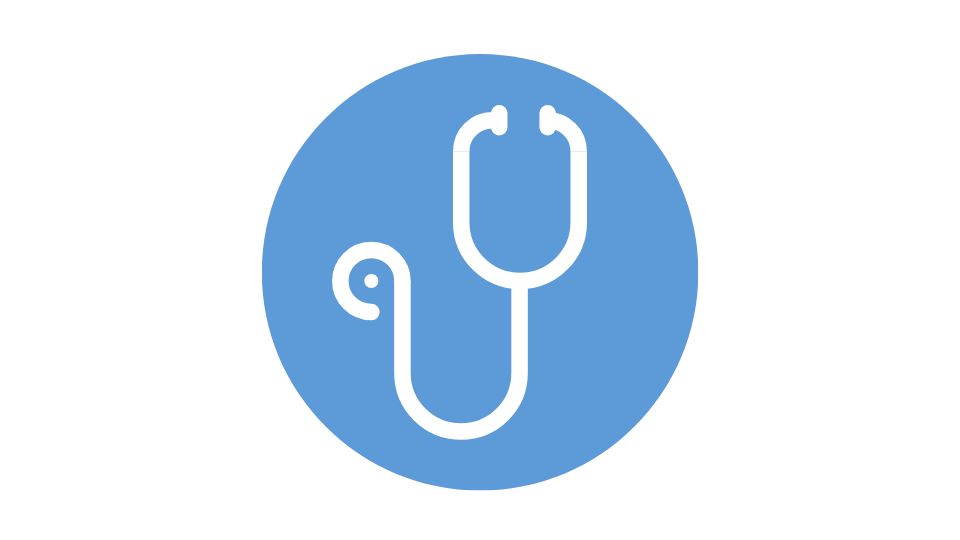
Understanding PHI isn’t just for healthcare workers. It matters because:
- Your privacy is at stake – You want your sensitive health info protected
- Data breaches are expensive – Organizations face huge fines for mishandling PHI
- Health apps are everywhere – Many fitness and health apps collect data that might be PHI
- Digital health is booming – Telehealth and remote monitoring create new privacy challenges
For example, if you use a meal tracking app, is your food log PHI? Well, it depends! If the app is used by your doctor to monitor your diabetes, and includes your name and medical record number, then yes.
If it’s just a personal app not connected to healthcare providers, then probably not.
Real-World Example: When Is Health Data Not PHI?
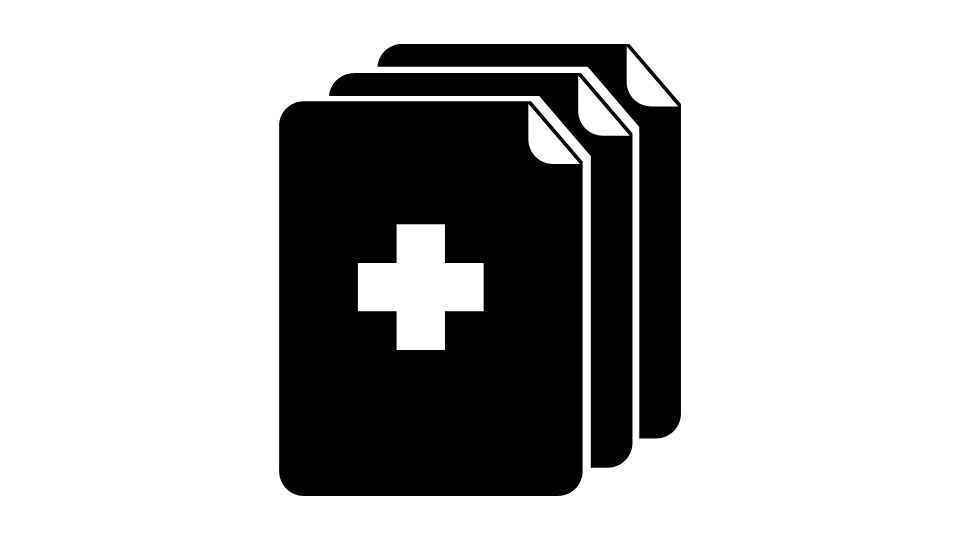
Let’s say you use a fitness tracker to count steps. This data by itself isn’t PHI.
But if:
- Your doctor prescribes the tracker
- The data goes into your medical record
- It’s used to monitor a heart condition
Then it becomes PHI and needs HIPAA-level protection!
Similarly, researchers can use de-identified health data without consent because once those identifiers are removed, it’s no longer PHI.
How to Spot a False Statement About PHI
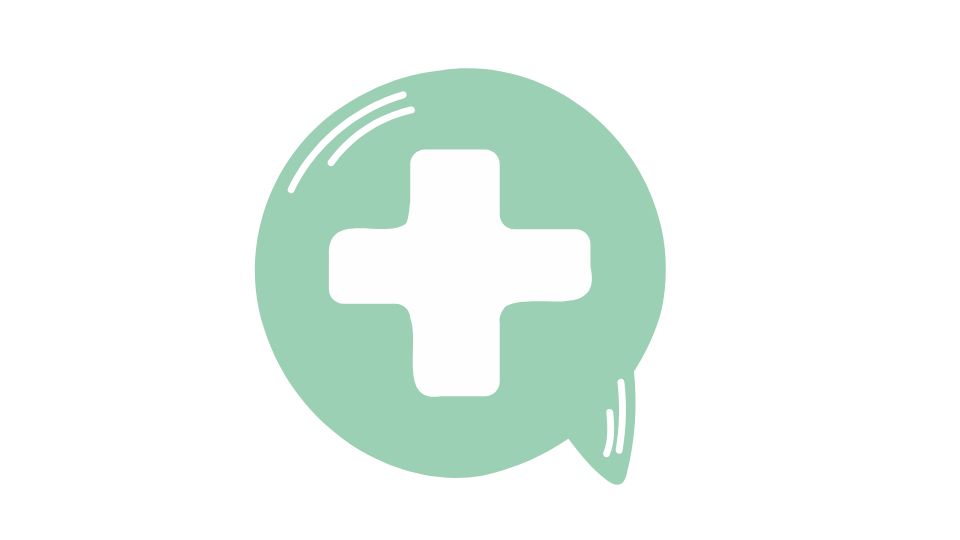
The next time someone makes a claim about PHI, ask yourself:
- Does it involve both health information AND identifiers?
- Is a covered entity or business associate involved?
- Has the information been properly de-identified?
Remember that PHI isn’t limited to electronic records, isn’t just for doctors, and doesn’t include anonymous health data.
Health apps should clearly explain how they handle your data, whether they’re HIPAA-compliant, and if they share information with healthcare providers or insurance companies.
Understanding what is and isn’t PHI helps you make smarter choices about your health data privacy and understand your rights under HIPAA.
So the next time someone asks “which statement about protected health information is false?” – you’ll be ready with the answer!



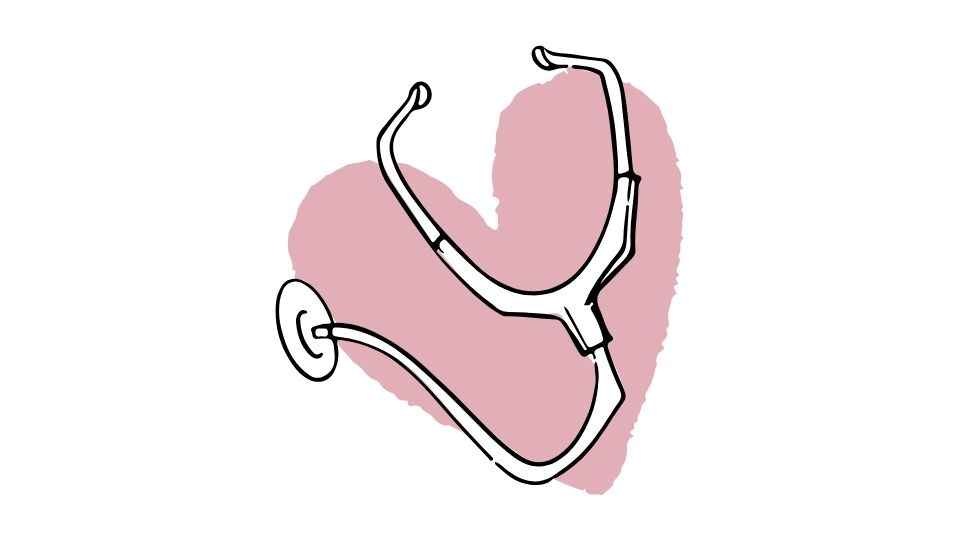
Leave a Reply